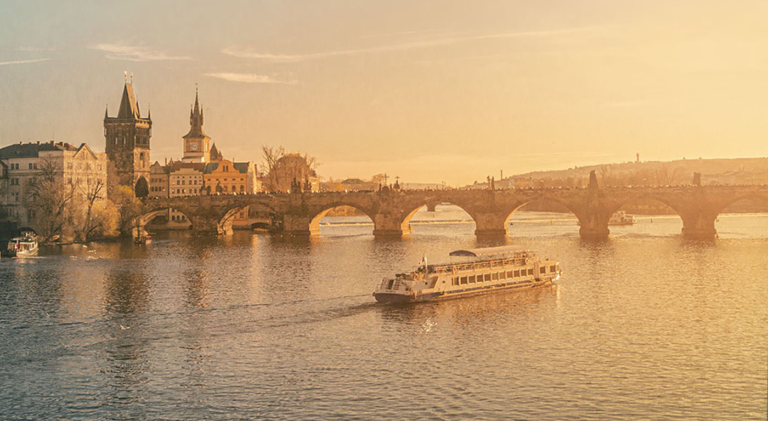I’ve noticed that dramatic photos, full of bright colors from a sunset or a scenic view, get the most likes on social media. People aren’t liking the photographer’s skillful technique; they’re liking what they’re seeing—the colors, the location, etc. Of course, many of these photos are taken by photographers solely because of the colors or the view, with no other reason.
Landscape and street photography, in particular, saturate social media feeds, and most of the photos are simply nice views, vibrant colors, or dramatic, high-contrast lighting. Then there are those who have taken up film photography, bought old analog cameras, and gone out shooting on various film stocks. Many are photographing anything they see purely to showcase the characteristics of a particular film stock, not because the subject itself is particularly interesting. All of these photos are of something, not about something.
Don’t get me wrong—there’s nothing wrong with this. I shoot pretty pictures of something all the time. I shoot lots of things that aren’t really about anything. I’m shooting for the sake of shooting, to give myself a reason to go for a walk. It’s creative and an enjoyable way to pass the time.
But I don’t know about you—I get bored of these images after a while. I barely stop to look at them anymore; there are so many as I scroll through my feeds. With landscape photography, in particular, I’ve become numb to great photos of popular locations because there are thousands of them, all looking the same. They’re beautifully composed, perfectly exposed, and dramatic with colorful skies and great light. They’re all of something, but about nothing.
We shouldn’t seek validation on mainstream social media.
The main reason for saying all this is to address the frustration I hear from many photographers who feel despondent about their work. They post their photos proudly on social media but get very few views or likes. They feel like just another sheep in a vast flock, unable to stand out. They wonder what they’re doing wrong.
First, it’s a mistake to rely on social media as a barometer to guide your photography journey. Big social media platforms are centered around superficial, eye-catching photos—those that are colorful and dramatic. Unless you’re traveling to exotic locations regularly and hiking up mountains at sunrise to capture dramatic shots, social media may not be the place for you. Even then, so many people are already doing that, and those photos have become clichéd and unremarkable.
I believe the way to improve our photography and develop our skills is to find subjects that mean something to us. Make photographs about something, not just of something.
Most photographers take photos of something. That’s why so much of what we see looks the same. Ask yourself: Does this composition communicate something or tell a story? Does it evoke a feeling? What is it about?
And whatever we photograph, we shouldn’t seek validation for it on mainstream social media.
The main starting point should be: Does it interest you? Not whether it will interest others or get likes, but whether it genuinely intrigues you.
Ok, I’m rambling now, possibly repeating myself—I tend to do that. Enough chit-chat. Let’s show some examples of photos of something versus photos about something.
Travel Photography
This is a big one—a popular genre where photographers think the more colorful, the better. Influencers and travel bloggers have saturated social media feeds with vibrant, exotic images processed with distinctive Lightroom presets. The sole purpose of these photographs is to stand out and garner likes. Typically, they’re posted to entice you to click on an article or buy something.
As a professional travel and lifestyle photographer, I’ve shot thousands of images like this for publications and brands. I admit I enjoyed it—though most of my photos were taken before social media became a big deal and the genre became oversaturated. Back then, my photos were for publications, not social media feeds. Today, I don’t go out of my way to find these types of shots.
Take this photo, for example, shot in Prague. It’s an incredibly interesting historic location photographed in fantastic light and enhanced in post-production. It gets lots of likes but now languishes in a sea of similar photos. It’s a photo of something, not about something.
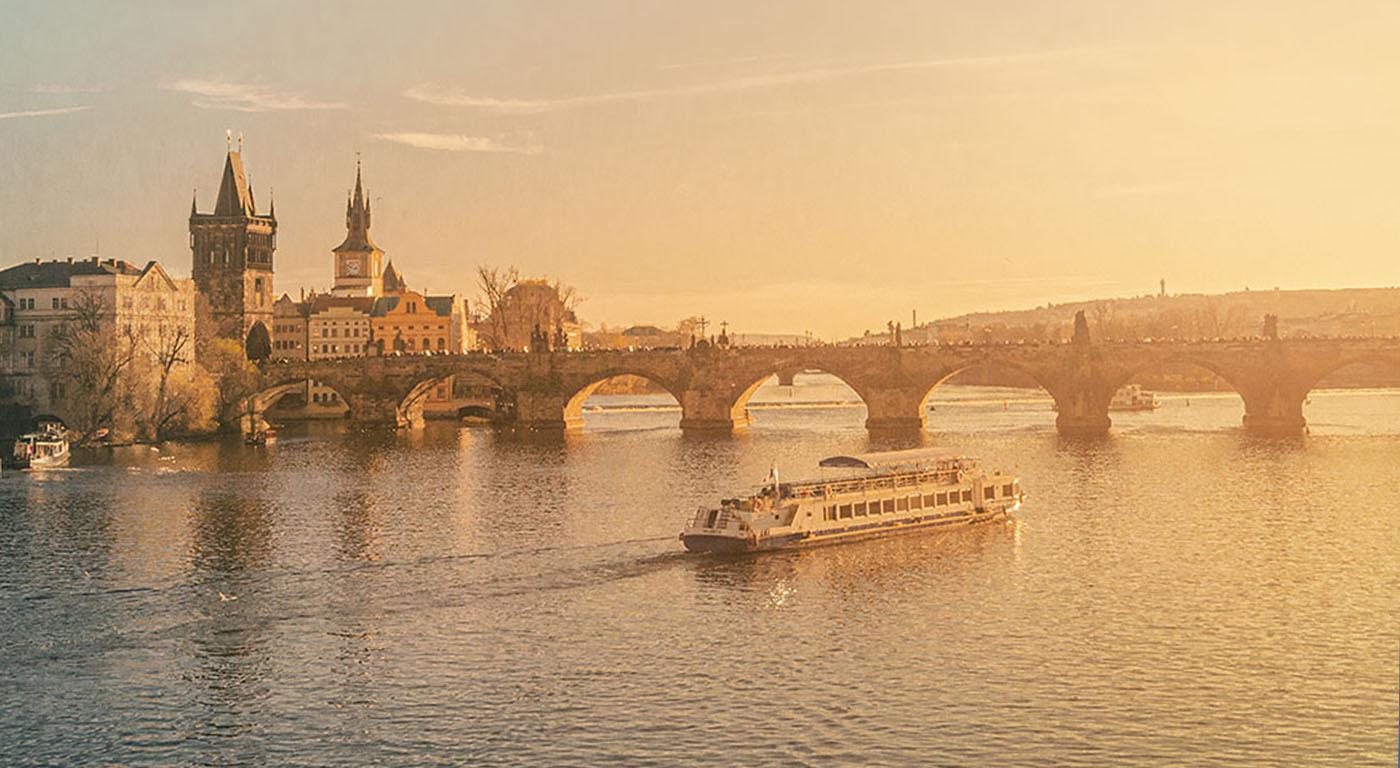
This next photo, taken in Dungeness, England—the UK’s only desert—is by far my favorite of the two. The beach is scattered with decaying fishing boats, and a rusty wheel caught my eye. I wondered if it had been part of machinery used to pull boats up the beach in the past. There’s a story here. The last rays of sunlight created a beautiful juxtaposition of light and shadow, as well as complementary colors. The location is depressing and melancholic, its glory days long gone. This photo was about that. It’s about something.

Landscape Photography
The Grand Canyon in Arizona is a fabulous location for landscape photographers. Show up at sunrise, and you can capture a photo similar to the one I took below. It’s lovely but as common as mud. It’s a photo of something, not about something. People like this photo because of the location and the pretty colors, not because of the photographer’s creative vision. Truthfully, you don’t need much creative vision or skill here. That’s why the photo is mediocre—you’ve probably seen hundreds like it.
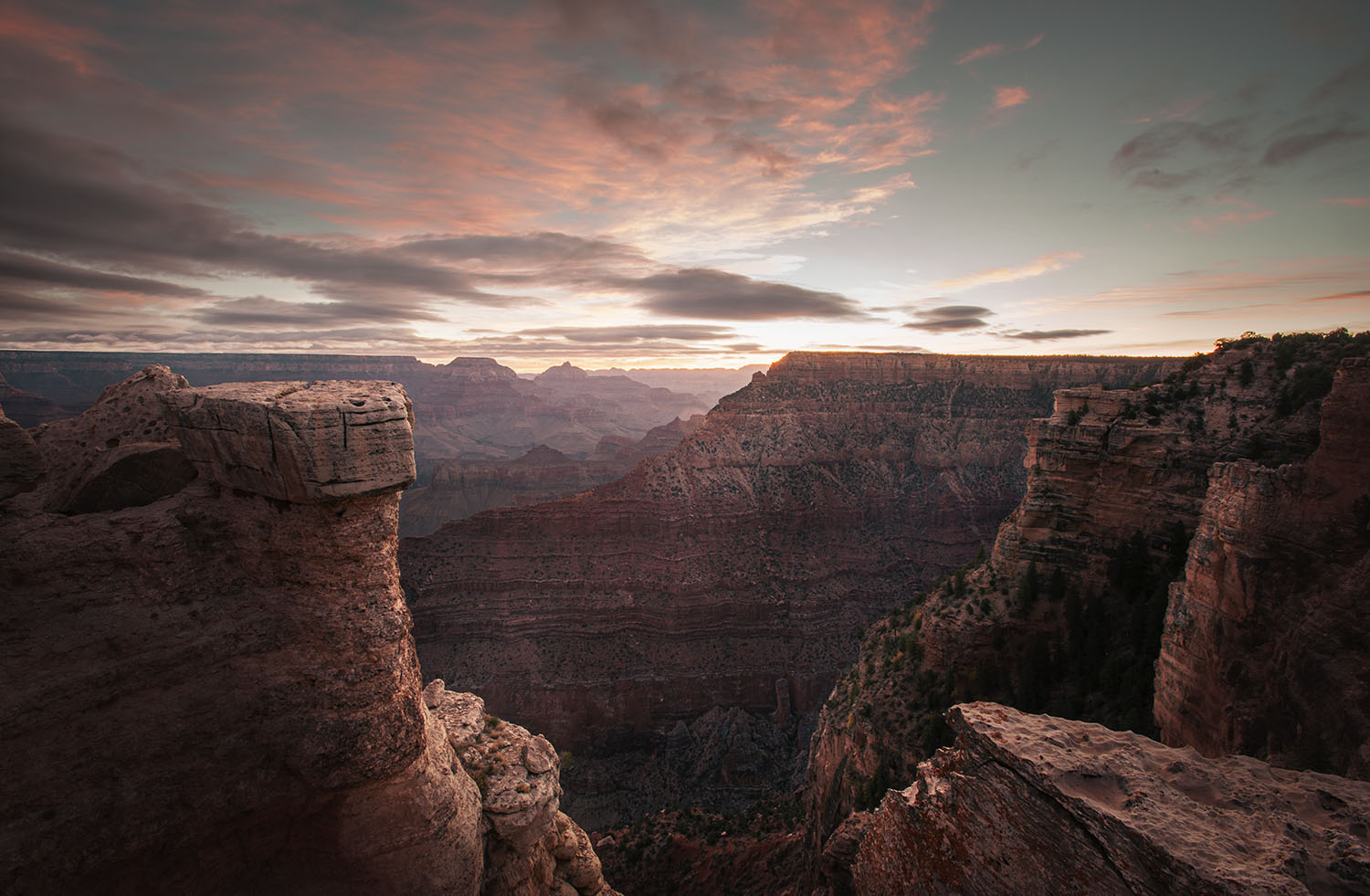
Contrast that with this photo from northern Spain. It’s not a famous location, just a random rural setting. It was early morning, misty, and full of atmosphere. I felt that atmosphere and wanted to capture it. It was cold and drizzly—miserable, really—but the morning sun struggled to pierce through the gloom.
This photo is about how I felt. It’s about how positivity was working to overcome melancholy. It’s a photo about something, not of something.
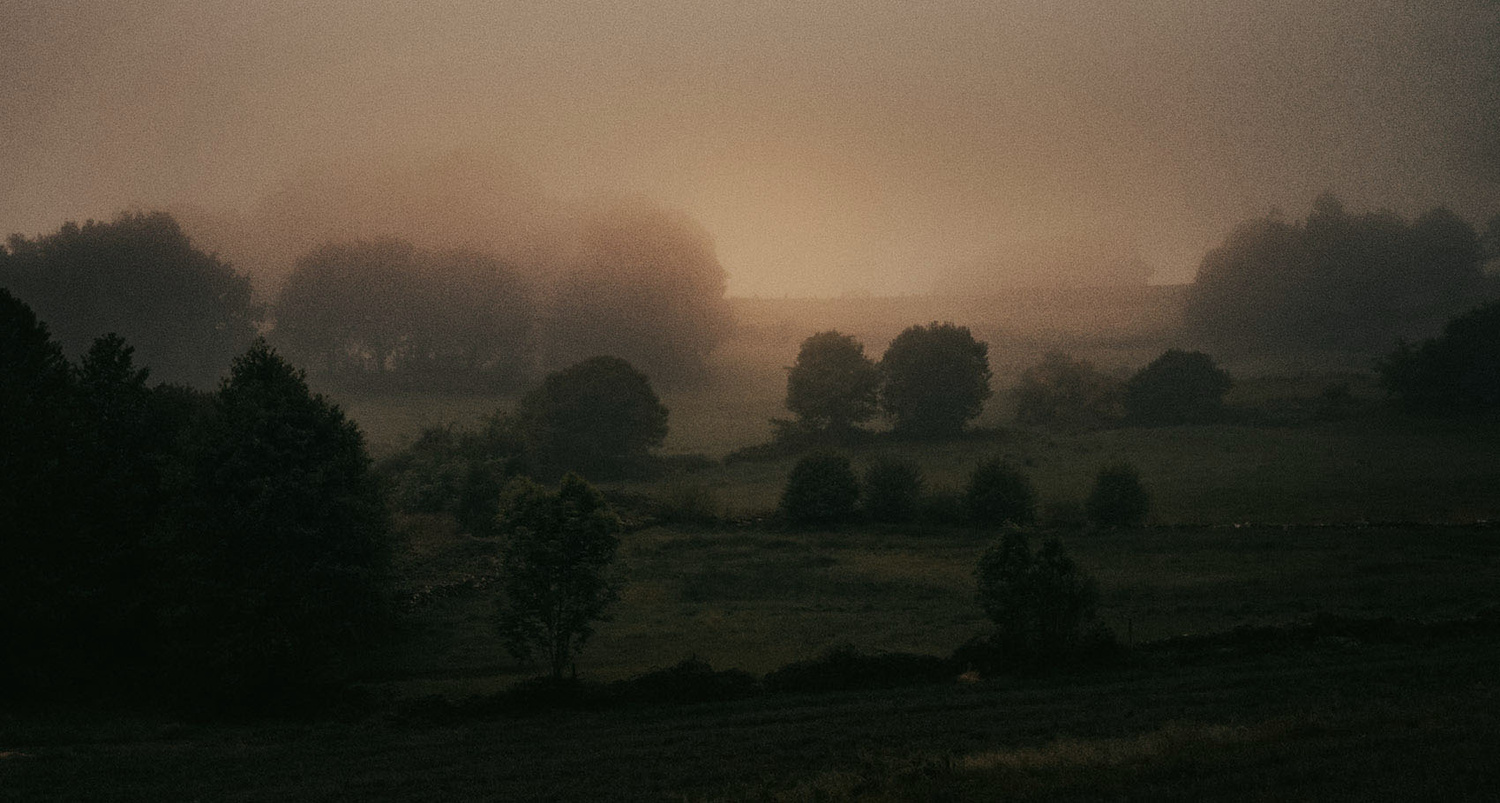
Street Photography
How often do you see street photos of random people walking toward the camera? They’re not doing anything interesting, there’s no story, and even the composition and lighting are unremarkable. Yet we see thousands like this. Here’s one I took—it’s of some people, not about some people.
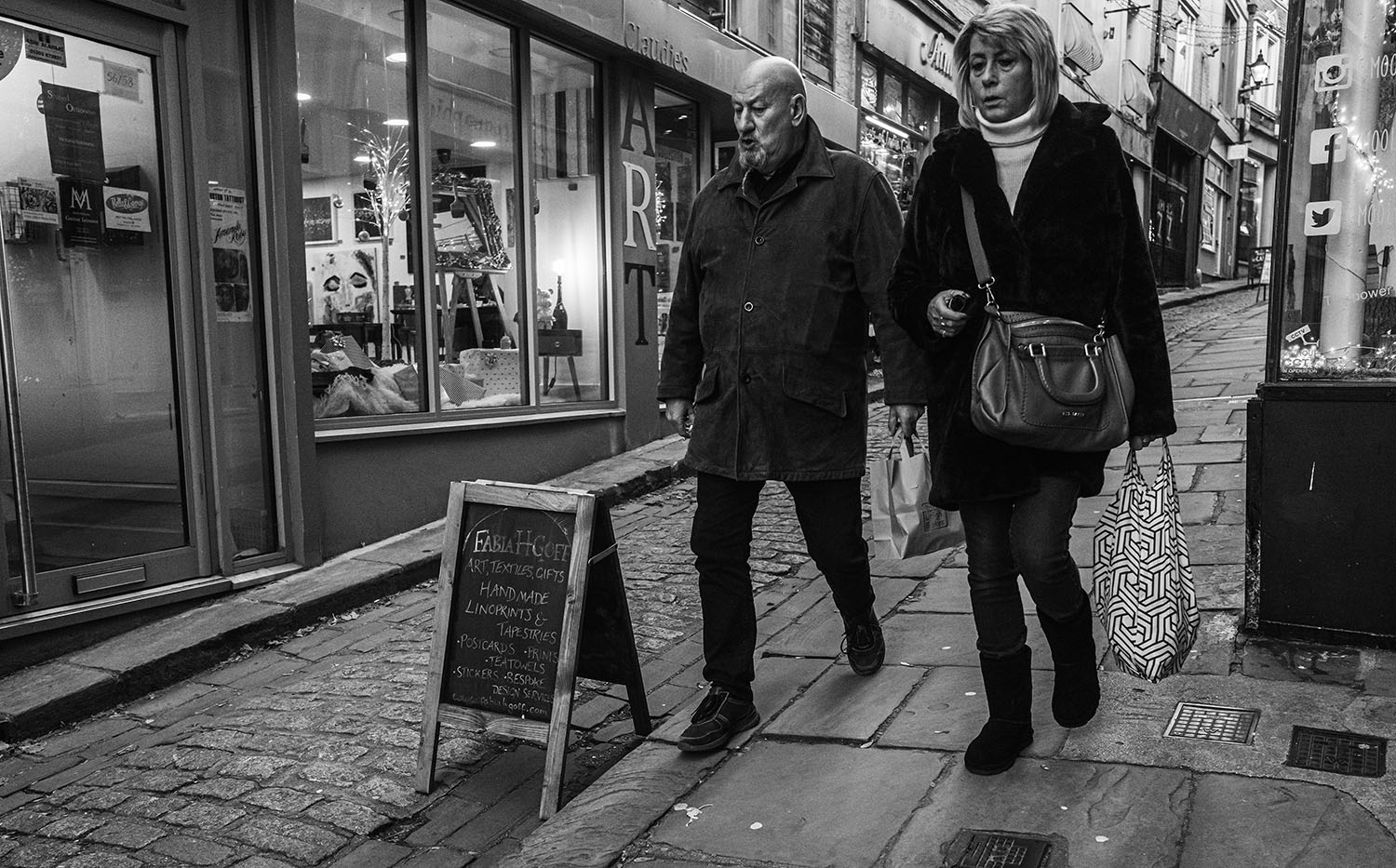
Now here’s a photo from the same location. I’ve used it as an example before because I really like it. There’s a story here. You can’t help but wonder: Why are they carrying flowers yet looking so glum? Why is there a little dress hanging from one of the guys?
This, to me, is a photo about someone.
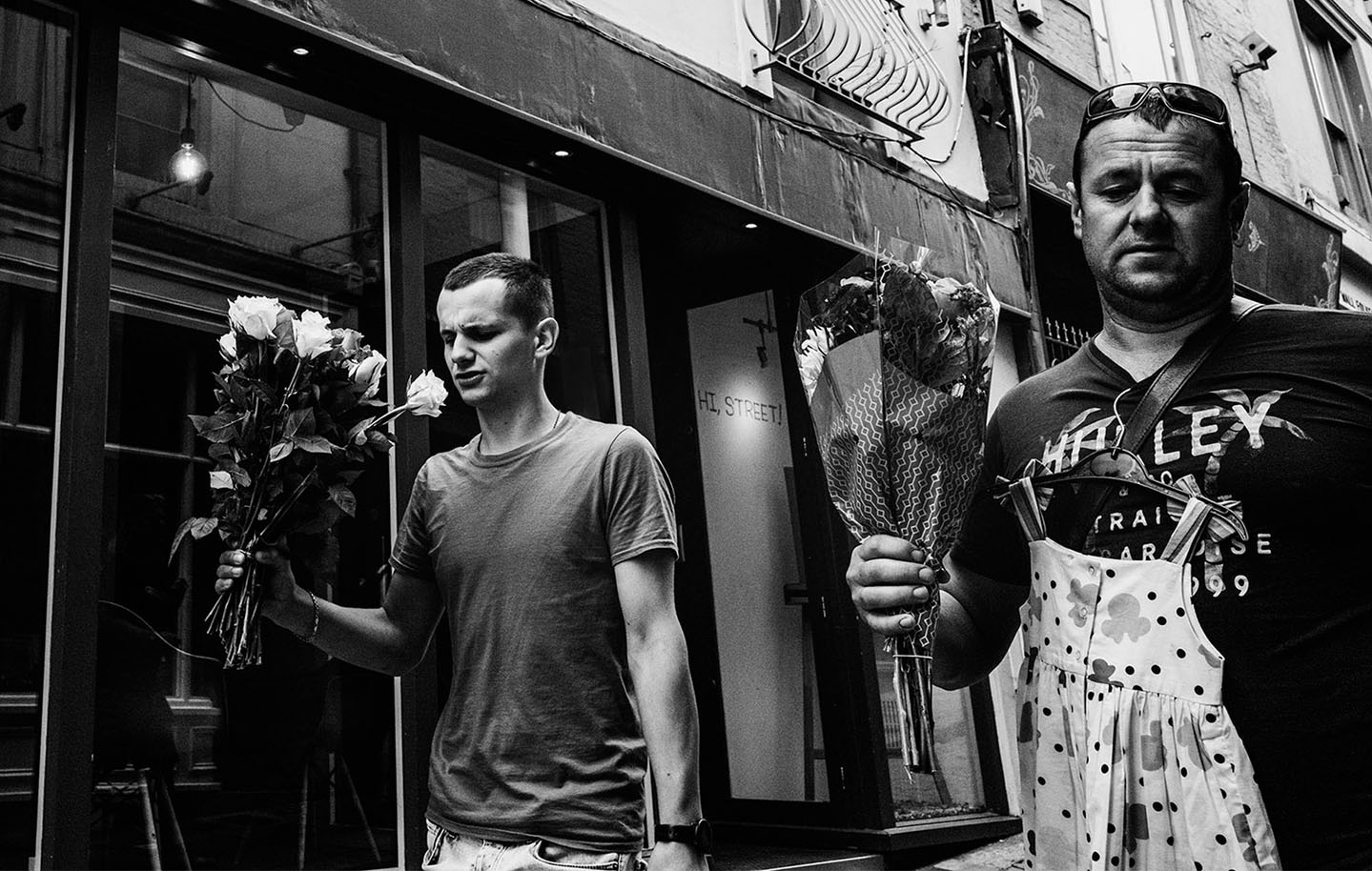
I’m photographing subjects that are about something that interests me.
Subjectivity
Everything I’ve discussed and the examples above are, of course, very subjective. But that doesn’t matter. It doesn’t matter if you disagree with me or dislike what I like. The takeaway is this: I’m photographing subjects about something that interests me. I don’t pursue photography for likes or anyone else’s approval.
To quote the incredible Rick Rubin: “In terms of priority, inspiration comes first. You come next. The audience comes last.”
So, is it time to ask yourself: What inspires you enough to go beyond taking a photo of something to making a photo about something?
